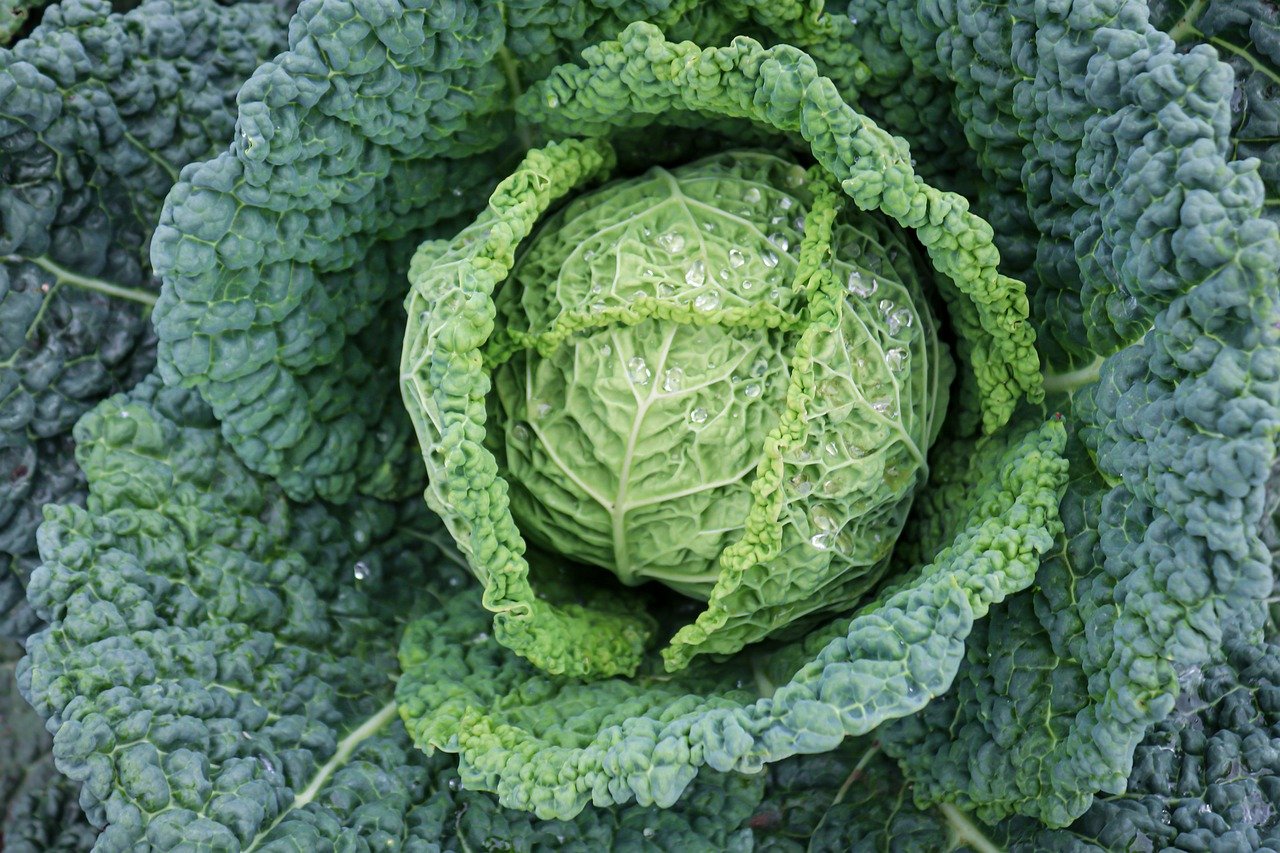Move over tomatoes, spinach, and carrots. Make room for the super veggies – aka cruciferous vegetables. These low-calorie, nutrient-packed veggies have more health benefits than you could imagine. Today, we’re featuring 16 cruciferous green veggies and why you should incorporate them into your diet ASAP.
What Are Cruciferous Veggies?
Named after the Latin word for “crucifix” (the blossoms resemble a cross), these vegetables belong to the Cruciferae family. Packed with nutrients, fiber, and vitamins, veggies such as kale, cauliflower, and broccoli are classified as cruciferous and have great health benefits, such as cancer-fighting compounds.
How can they benefit my health?
Healthline explains that cruciferous veggies have a plethora of compounds, nutrients, and more that will boost your well-being in more ways than one.
- Low calorie
- Rich in fiber and folate
- Contains Vitamins C, E, K
I hear it can help reduce the risk of cancer?
Indeed! Cruciferous veggies are a great source of phytonutrients, which lower both inflammation and the risk of cancer. Cancer researchers are studying these vegetables to understand how they can potentially help prevent cancer, according to the National Cancer Institute. They’re specifically being looked at because cruciferous vegetables have the following properties, amongst more:
- Anti-inflammatory effects
- Can help inactivate carcinogens
- They protect cells from DNA damage
- Antiviral and antibacterial effects
16 Cruciferous Green Veggies:
1. ARUGULA
Often a staple in Italian and French cuisine, this leafy vegetable is tart, bitter, and peppery.
2. BOK CHOY
This Chinese cabbage is popular in Southeast Asia and southern China, and is known for having spinach-like green leaves and fresh, crunchy stalks.
3. BROCCOLI
A member of the cabbage family, broccoli is a popular cruciferous veggie with a large green flowering head, stalk, and small leaves.
4. BRUSSELS SPROUTS
Historically popular in Brussels, Belgium (hence the name), brussels sprouts are grown for their edible buds and look like miniature cabbages.
5. CABBAGE
A close relative of brussels sprouts, cabbage is a leafy biennial plant and is known to assist in curing stomach and intestinal ulcers when made into a drink.
6. CAULIFLOWER
This cruciferous veggie is actually white due to the protective leaves that grow around the head, sometimes called “curd”. Cauliflower is a great source of vitamin C.
7. COLLARD GREENS
These greens have large, dark green leaves and a stout stem that can get up to 3 or 4 feet in height! Snack on some collard greens if you’re looking for a good source of iron, magnesium, and more healthy nutrients.
8. GARDEN CRESS
This fast-growing, edible herb has a peppery, tangy flavor and aroma, much like mustard and watercress.
9. HORSERADISH
Horseradish is a root vegetable that is used as a spice and condiment, known to be native to southeastern Europe and western Asia.
10. KALE
Kale is part of the cabbage family and is grown for its edible leaves. It’s specifically known for its great nutritional value and powerful antioxidants.
11. MUSTARD PLANT
This cruciferous vegetable grows in the form of a shrub and is used as a spice. By grinding and mixing mustard seeds with water, vinegar, or other liquids, the result is the yellow prepared mustard that everyone knows.
12. RADISHES
Radishes are edible roots that are grown and eaten all throughout the world. Typically, they are eaten raw as a salad vegetable.
13. RUTABAGA
This root vegetable originated as a hybrid between the cabbage and the turnip and is eaten both raw and cooked.
14. TURNIPS
Turnips are another root veggie that, with worldwide popularity, it’s grown for its white taproot. They’re also loaded with fiber!
15. WATERCRESS
This species of aquatic flowering plant is a member of the cabbage family. Native to Europe and Asia, watercress is one of the oldest known leaf vegetables consumed by humans.
16. WASABI
Typically used as a condiment for sushi and other foods, wasabi is also known as Japanese horseradish.
Try incorporating more cruciferous veggies into your diet, and let us know in the comments how you plan to work them into your recipes! For the times you just don’t feel like prepping, we’ve got you covered with a wide variety of cruciferous veggies in our meals.





Leave a Reply
No Comments